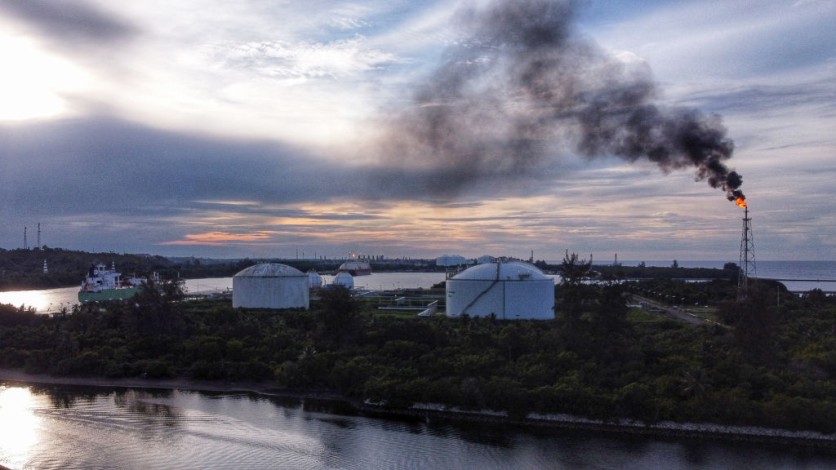Europe has been economically hit by Russia's gas shutoff. However, this could also lead to environmental problems on the continent.
Leaders from the bloc are worried that Gazprom PJSC may be burning off fuel at its fields rather than selling it to Europe. But according to Bloomberg, evidence suggests that these worries are unfounded.

What Do the Data Say?
According to satellite data, industry analysts, and the company's historical data, surplus Russian gas is stored underneath the Siberian permafrost because the country's fields have the adaptability that allows Gazprom to change flows up or down as needed.
Between January and mid-September, Gazprom reduced its total supply to significant foreign markets by 39% as the breach between Russia and the west widened in response to the invasion of Ukraine.
Bloomberg reported that the purposeful destruction by unidentified parties of three shut-down pipelines that once carried Russian gas to Germany raises the possibility that the decline in exports may last for the long haul.
According to calculations by Bloomberg using satellite data examined by the Earth Observation Group at the Payne Institute for Public Policy, 1.18 million cubic meters of gas were observed being flared or burned up into the atmosphere between August 10 and September 21 at Gazprom's primary production facility on the Yamal peninsula.
The calculations reveal that this is roughly 28% less flaring than what was seen in the region during the same time last year. It is higher than the typical value during the same period in 2020, which was just over 1 million cubic meters per day.
Dr. Mikhail Zhizhin, a researcher at the Payne Institute for Public Policy, examined the data and concluded that Gazprom's Yamal flaring tendency had not changed over the previous months.
The amount of flaring that has been seen is a small portion of Gazprom's average daily production, which averaged 838 million cubic meters from August through mid-September.
Flaring Statistics
According to figures by Bloomberg, output decreased by 473 million cubic meters per day from the same time last year since exports to Europe were constrained. In comparison to August-September 2021, the producer's daily supplies to important markets decreased by 302 million cubic meters.
The flaring statistics are based on data collected at night by satellites that measure the high radiant emissions brought on by gas flares.
The nighttime detections are verified against satellite photos taken during the day and against geographic and geological meta-data made available by Russian oil and gas firms and governmental organizations, as per Bloomberg.
However, data from World Bank indicate that Russia is the biggest offender when it comes to burning off-gas into the sky, notwithstanding the relative consistency of flaring at Gazprom's primary gas-producing sites.
World Bank's figures suggest that the country flared 25.4 billion cubic meters of gas overall last year.
Related Article : The US Warns Russia of 'Catastrophic' Repercussions if it Uses Nuclear Weapons Against Ukraine
This article is owned by Tech Times
Written by Joaquin Victor Tacla




![Most Useful Google Chrome Keyboard Shortcuts You Need to Know to Improve Your Browsing Experience [2024]](https://d.techtimes.com/en/full/449047/most-useful-google-chrome-keyboard-shortcuts-you-need-know-improve-your-browsing-experience-2024.jpg?w=184&h=103&f=476d29fd60df70a67f6679f99a2ca6d0)